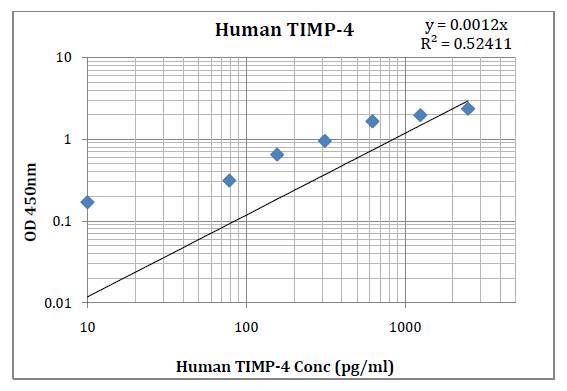FITC Conjugated Anti-p53 Monoclonal Antibody (Clone:BP53-12)

Figure 1: Confocal microscopy of human HeLa cells using anti-p53 (BP53-12; FITC). The expression of p53 protein was enhanced by intercalating reagent. Cells were fixed and permeabilized before incubation with the p53-FITC MAb.Photo provided by Dr. Hodny, Inst. of Experimental Medicine, Prague, Czech Republic
Roll over image to zoom in
Shipping Info:
For estimated delivery dates, please contact us at [email protected]
| Amount : | 0.1 mg |
| Isotype : | Mouse IgG2a |
| Storage condition : | Store in the dark at 2-8°C. Do not freeze. Avoid prolonged exposure to light. |
The tumour suppressor protein p53 is a key element of intracellular anticancer protection. It mediates cell cycle arrest or apoptosis in response to DNA damage or to starvation for pyrimidine nukleotides. It is up-regulated in response to these stress signals and stimulated to activate transcription of specific genes, resulting in expression of p21waf1 and other proteins involved in G1 or G2/M arrest, or proteins that trigger apoptosis, such as Bcl-2. The structure of p53 comprises N-terminal transactivation domain, central DNA-binding domain, oligomerisation domain, and C-terminal regulatory domain. There are various phosphorylation sites on p53, of which the phosphorylation at Ser15 is important for p53 activation and stabilization.
| Subcellular location: | Cytoplasm |
| Post transnational modification: | Sumoylated with SUMO1. Sumoylated at Lys-386 by UBC9. |
| Tissue Specificity: | Ubiquitous. Isoforms are expressed in a wide range of normal tissues but in a tissue-dependent manner. Isoform 2 is expressed in most normal tissues but is not detected in brain, lung, prostate, muscle, fetal brain, spinal cord and fetal liver. Isoform 3 is expressed in most normal tissues but is not detected in lung, spleen, testis, fetal brain, spinal cord and fetal liver. Isoform 7 is expressed in most normal tissues but is not detected in prostate, uterus, skeletal muscle and breast. Isoform 8 is detected only in colon, bone marrow, testis, fetal brain and intestine. Isoform 9 is expressed in most normal tissues but is not detected in brain, heart, lung, fetal liver, salivary gland, breast or intestine. |
| BioGrid: | 113010. 1093 interactions. |
|
There are currently no product reviews
|
























.png)











